E2.1 Identify measurable attributes of two-dimensional shapes and three-dimensional objects, including length, area, mass, capacity, and angle.
Skill: Identifying the Measurable Attributes of Objects, Two-Dimensional Shapes, and Three-Dimensional Objects
To describe an object accurately, it is necessary to examine and manipulate it to bring out some of its particular characteristics called attributes. For example, the gift shown below can be described by highlighting any of the attributes in the following table:
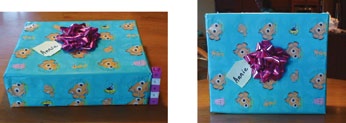

Some of these attributes are descriptive in nature, while others are quantitative in nature in and can be represented by a count or number. To determine this number, one can use counting (for example, counting the faces) or measurement (for example, measuring with a ruler or a pan balance).
|
Descriptive Attribute |
Attribute Quantifiable by a Count |
Attribute Quantifiable by a Measure |
|
colour texture purpose |
number of sides |
length mass area capacity height angle |
To develop a sense of measurement, students must first know and understand measurable attributes.
The table below provides a summary of some measurable attributes of two-dimensional shapes and three-dimensional objects that students in the primary grades need to understand and measure effectively.
|
Attributes |
Description |
Example |
|
Length |
Length is a measure in a one-dimensional space (for example, height, depth, width, thickness, radius, diameter The perimeter is the length around a two-dimensional shape or three-dimensional object. |
I determined the height of the box by comparing it to the height of the tower of cubes. 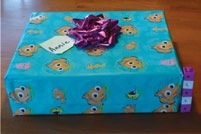
I determined its perimeter by measuring the length around the box with a string. 
Note: A variety of objects can be used to measure the length attribute (for example, tongue depressor, coffee stick, toothpick, string, pencil). |
|
Area |
Area is a measure of the space within a two-dimensional shape. Surface area is the total area of all of the sides of a three-dimensional object. |
I determined the area of the top face of the box by covering it with sticky notes. 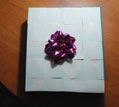 |
|
Capacity |
Capacity is a measure of the maximum amount that a container can hold. |
I determined the capacity of this box by pouring glasses filled with sand into the box. I count the number of glasses of sand I needed. 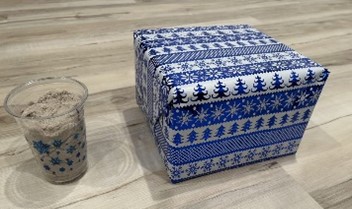 |
|
Mass |
Mass is a measure of the amount of matter in an object. |
I determined the mass of the gift using a pan balance. 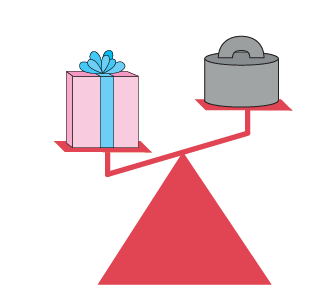 |
|
Angle |
Angle is the measure of turn between two rays or line segments with a common endpoint. |
I determined if there are angles in a geometric shape by targeting two sides of a two-dimensional shape that meet (in a corner) or by overlaying a pattern block. 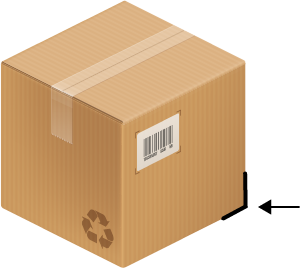 |
In order to develop students' understanding of the nature of each attribute and to identify the differences among attributes, teachers should use instruction that goes beyond repetitive measurement exercises presented without context. Instead, they should use an approach that focuses on understanding attributes, the relationships among them, and the ways to measure them. This can be accomplished through a variety of authentic situations that engage students in using benchmarks and concrete materials, making estimates, and taking measurements.
Source: translated from Guide d’enseignement efficace des mathématiques, de la maternelle à la 3e année, Mesure, p. 45-47.
Knowledge: Measurable Attributes of Two-Dimensional Shapes
- Length, height, width
- Angles
- Perimeter
- Area
Knowledge: Measurable Attributes of Three-Dimensional Objects
- Length, height, width or depth
- Angles
- Area of faces
- Capacity
- Mass
Knowledge: Length
Length is the general term for any quantity in a one-dimensional space.
A length can refer to:
- the size of a line segment, in other words the distance between two points;
- the distance between two parallel lines or two parallel planes;
- a perimeter;
- a height, a depth, a thickness, a width, a height (of a person).
Note: For some students, these different terms associated with length may be confusing.
Examples
Perimeter refers to the length of the outline of a two-dimensional shape or any three-dimensional object.
image Two points connected by a straight line. Two points connected by a curved line. Two double arrows, green. They are parallel. Between them is placed a black double arrow, it is perpendicular to the other double arrows. An obstacle for the horses. An arrow is placed between the two vertical bases.
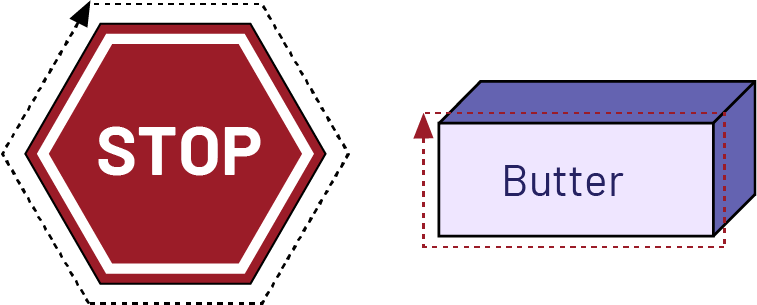
The length of a book becomes its height when stored upright on a shelf, just as its thickness becomes its width.

Source: translated from Fiche de la maternelle à la 3e année Attribut longueur, p. 2.
Knowledge: Area
Area is a measure of the space within a two-dimensional shape.
Examples of area in everyday life include the size of:
- a vegetable garden;
- a backyard.
Examples
The neighbor's vegetable garden is larger than the flower bed in front of their house.

The schoolyard area is divided into three different playgrounds.

Source: translated from Fiche de la maternelle à la 3e année Attribut aire, p. 2.
Knowledge: Mass
Mass is the amount of matter in an object.
Only the kind of matter that makes up an object influences its mass, so the mass of an object does not vary depending on where on Earth (or in space) it is located.
The mass of an object can be determined using a balance or scale, such as a pan balance.
Note: Mass and weight should not be confused. The weight of an object is the force exerted on it by a celestial body. It can be determined with a dynamometer and is expressed in newtons (N). The weight of an object varies according to its mass and according to the place on Earth (or in space) where it is located.
Examples

Source: translated from Fiche de la maternelle à la 3e année Attribut masse, p. 2.
Knowledge: Capacity
The capacity of a container is the maximum amount that it can hold.
Note: It is important to distinguish between capacity and volume. Capacity indicates the amount that a container can hold while volume is the space that an object occupies in space.
Examples
This cylinder has a capacity of four tennis balls.

The red bucket has a larger capacity than the yellow bucket.

This candy jar has a capacity of 100 large marshmallows.
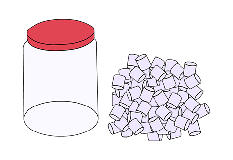
Source: translated from Fiche de la maternelle à la 3e année Attribut capacité, p. 2.
Knowledge: Angles
A shape formed by two rays or two line segments with a common endpoint.
An angle can be formed or determined by:
- two lines of the same origin;
- two intersecting half-planes;
- a rotation of a line segment about a fixed point.
Examples
Angle formed by two rays sharing a common endpoint.
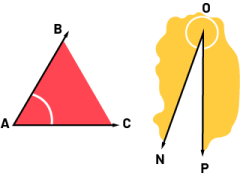
Angle formed by two intersecting half-planes.
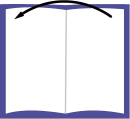
Angle formed by line segment rotated about a fixed point.
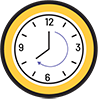
Source: translated from Fiche de la 4e à la 6e année Attribut angles, p. 2.
